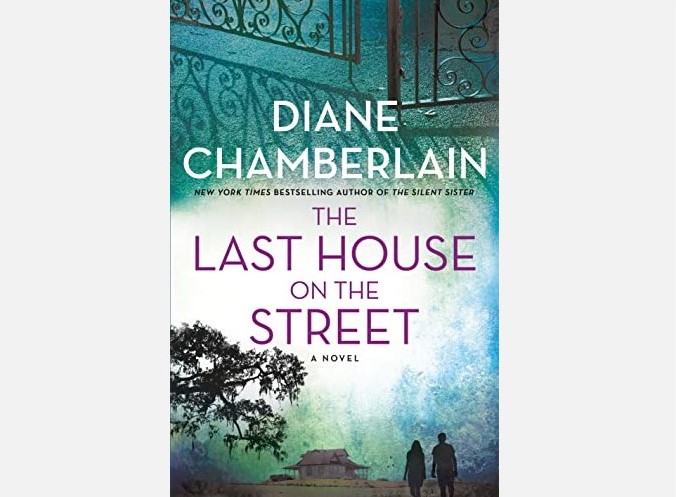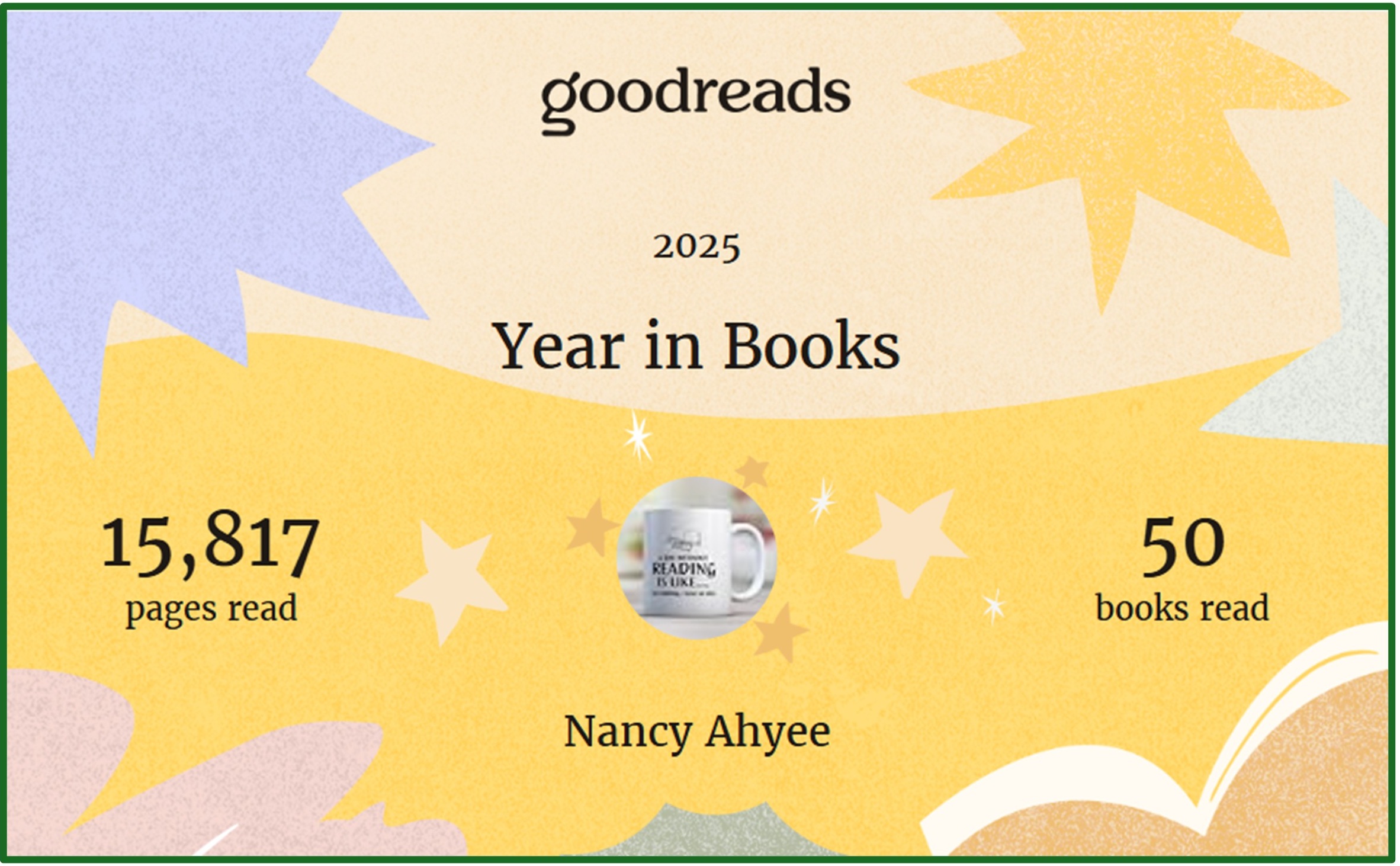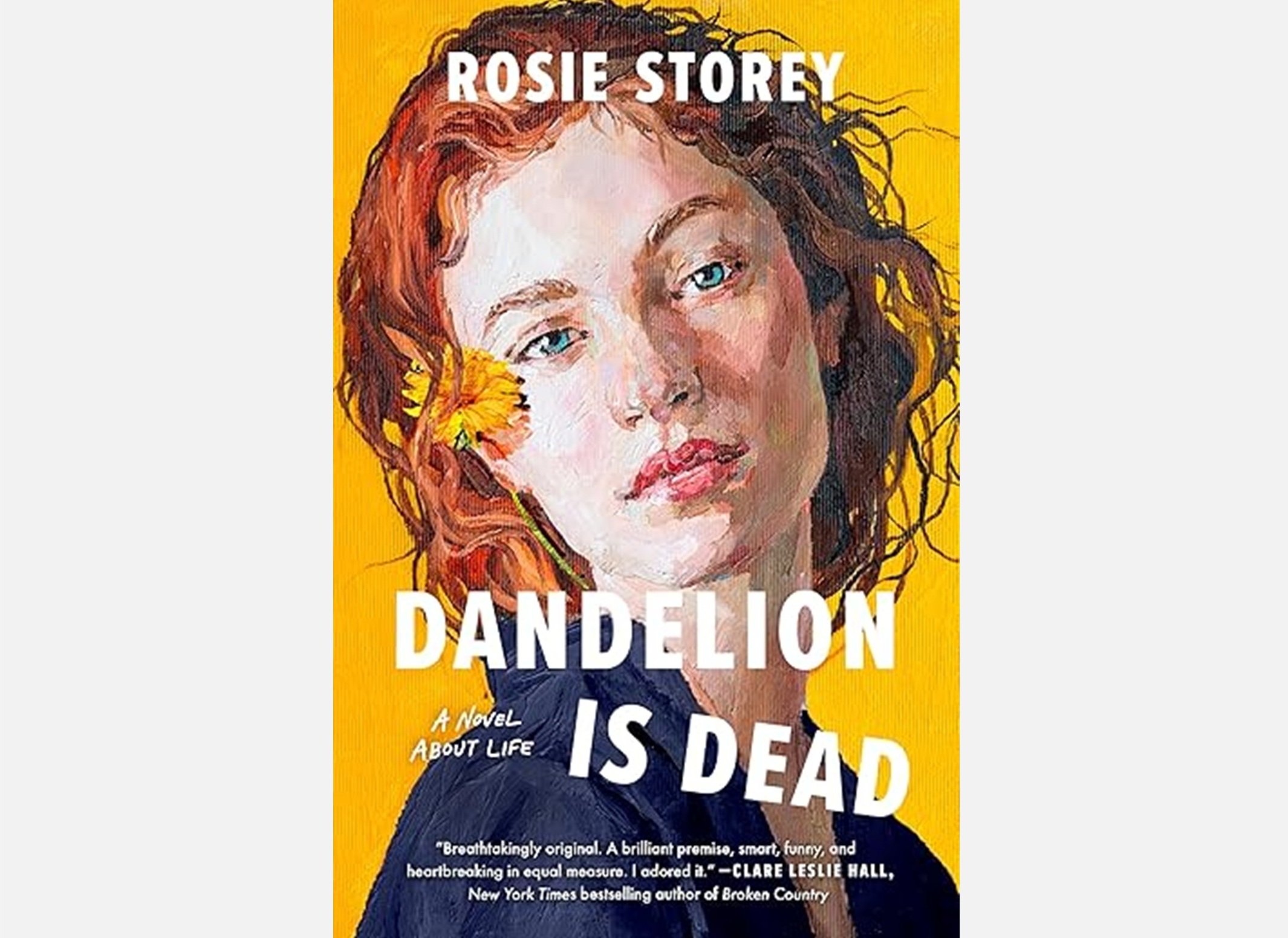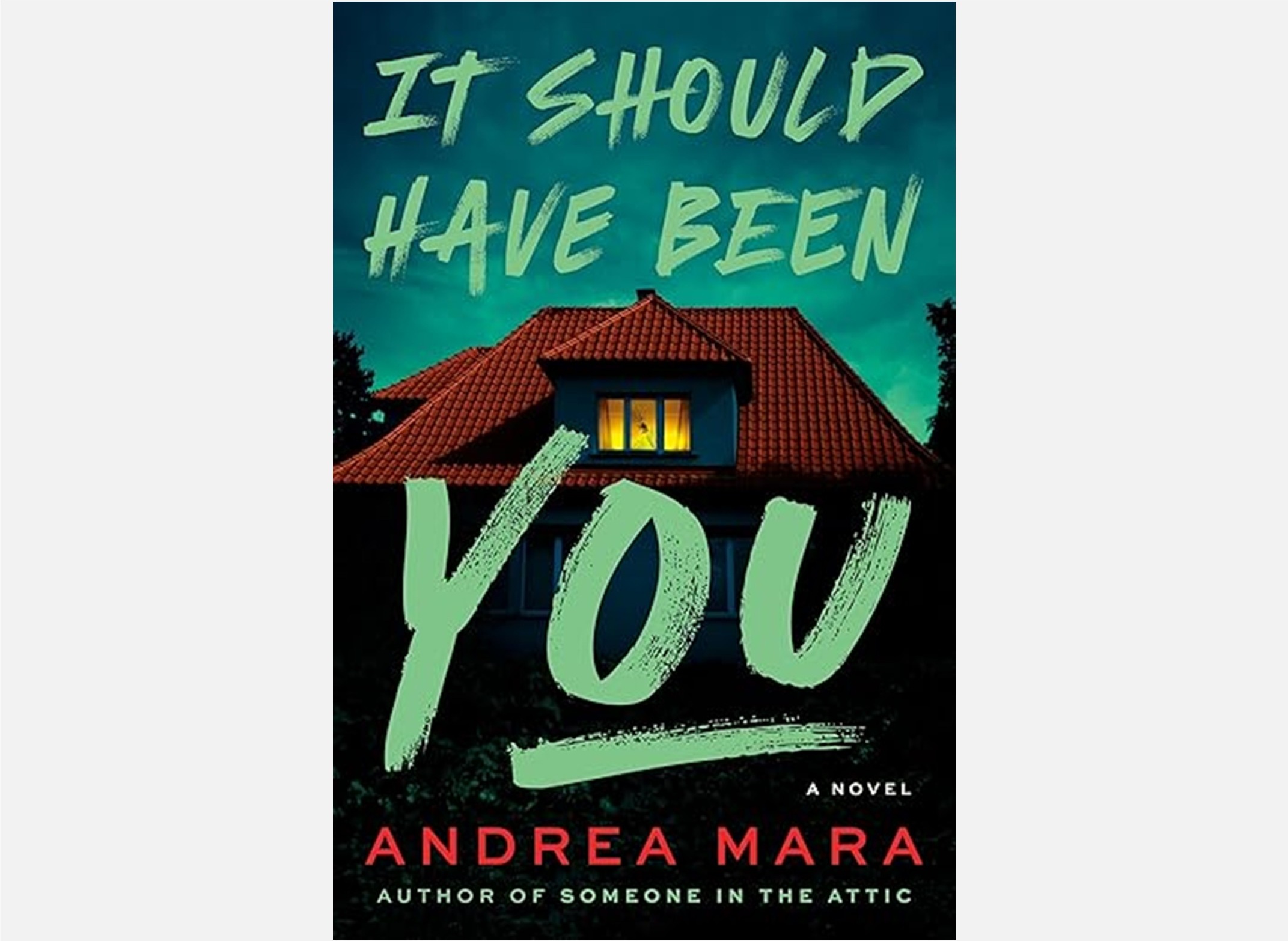Story for the Week
I married a man who didn’t look a lot like me.
Dennis grew up in Trinidad in the 1960s and 1970s. Corinne and I haven’t yet submitted the CRI Genetics ancestry kits that I bought last year 😯, but Dennis always described himself as Chinese, Indian, and British. I grew up in Chicagoland from the late 1960s through the early 1980s. My ethnicity is a true hodge-podge of Eastern European from what I’m told, but primarily Polish on my mom’s side and German on my dad’s.
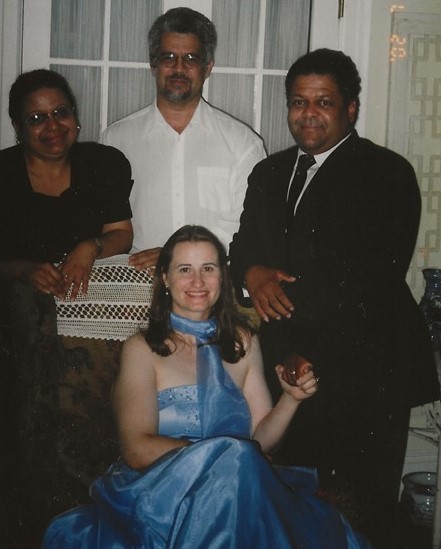
In one of my early posts, I mentioned that I was raised not to consider skin color (What Have I Been Reading Lately? Not Books), and Dennis and I had a lot of differences in addition to skin color. He was Catholic, and I am Protestant. He was an extrovert, and I am very much an introvert. He didn’t like to read, and I won’t go anywhere without a book. He enjoyed building computers, and I enjoyed playing games on them. But we had a lot in common too—love for family, love of sweets (although I would argue Dennis’s was much stronger), a desire to work hard to be successful in our careers, love of music, and a strong sense of pride in our daughter.
We also both had two eyes (although mine don’t work as well as his did), two ears (ditto), lungs, heart, arms, legs, teeth, fingers, toes. And we both had hearts that pumped blood that ran red.
A number of years ago, we were visiting Dennis’s family in New York. As we were walking through Times Square, I was approached by a man trying to sell CDs. I politely turned away and said “no thank you” as he walked by trying to get me to buy it, and his response was, “Look at that, the white girl afraid of the black man.” I responded that I was not afraid of him in the least. I didn’t care what color his skin was. I just wasn’t interested in buying his CD. He left me alone, and we both went about our day.
But I wonder why that’s still the norm. I said this in a previous post, and I will say it again: Our hearts are all the same color.
If Dennis and I had been born when our parents were born, we would not have been allowed to be together, let alone to get married. Acceptance of “mixed” couples has come a long way, but there’s still progress to be made. You can see and hear discussions about race on any media platform, and there is still a lot of ugliness in the world when it comes to interactions with someone from another ethnicity. I don’t think there’s a lack of examples in that regard these days.
I just finished a book that is scheduled for release in January 2022 that touched very deeply on race relations in the 1960s. It’s a work of fiction with a lot of realistic historic themes and is definitely worth picking up. It’s available now for pre-order.
Book Review
⭐⭐⭐⭐⭐
5 Stars for The Last House on the Street by Diane Chamberlain
352 pages
Publisher: St. Martin’s Press
Publication Date: January 11, 2022
I received an advance copy of this title from NetGalley and St. Martin’s Press.
Publisher’s Description
1965
Growing up in the well-to-do town of Round Hill, North Carolina, Ellie Hockley was raised to be a certain type of proper Southern lady. Enrolled in college and all but engaged to a bank manager, Ellie isn’t as committed to her expected future as her family believes. She’s chosen to spend her summer break as a volunteer helping to register black voters. But as Ellie follows her ideals fighting for the civil rights of the marginalized, her scandalized parents scorn her efforts, and her neighbors reveal their prejudices. And when she loses her heart to a fellow volunteer, Ellie discovers the frightening true nature of the people living in Round Hill.
2010
Architect Kayla Carter and her husband designed a beautiful house for themselves in Round Hill’s new development, Shadow Ridge Estates. It was supposed to be a home where they could raise their three-year-old daughter and grow old together. Instead, it’s the place where Kayla’s husband died in an accident—a fact known to a mysterious woman who warns Kayla against moving in. The woods and lake behind the property are reputed to be haunted, and the new home has been targeted by vandals leaving threatening notes. And Kayla’s neighbor Ellie Hockley is harboring long buried secrets about the dark history of the land where her house was built.
Two women. Two stories. Both on a collision course with the truth—no matter what that truth may bring to light—in Diane Chamberlain’s riveting, powerful novel about the search for justice.
************
Main Characters:
- Kayla – recently widowed architect in 2010 timeline, has a preschool-age daughter Rainie, who is preparing to move into the dream house that she and her husband built together
- Ellie – 20-year-old pharmacology student at University of North Carolina in 1965, civil rights activist; in 2010 timeline, visiting from San Francisco to take care of her mother and brother in their Round Hill, NC, home, and Kayla’s closest neighbor
- Brenda – Ellie’s best friend in 1965; pregnant and planning to marry after the school year is up; in 2010 timeline, very close to Ellie’s mother having stayed in Round Hill her whole life
- Reed – Ellie’s boyfriend of four years in 1965, works at the Round Hill bank; in 2010 timeline, Kayla’s father, selling his family home to move into a smaller condo
- Garner – Brenda’s boyfriend in 1965, Reed’s best friend, comes from one of the wealthiest families in Round Hill
- Buddy – Ellie’s older brother, owns a mechanic shop in 1965; in 2010 timeline, terminally ill, still living in the family home
- Win – black civil rights activist in 1965, meets Ellie through the SCOPE project
What an emotional journey.
From the description, we know up front that there is bound to be some controversial content here. Ellie is a well-to-do 20-year-old white girl who takes up the cause of black voter registration in the South in 1965. While I had never heard of SCOPE specifically, I did know enough history to be interested in pursuing this title.
In the 1965 timeline, the story is told from Ellie’s point of view over the course of a few weeks one summer. Ellie’s interest in civil rights stems from three factors: being paired on a project in school with a “Negro student,” having a favorite aunt who always took up a cause, and a tragic history with a black childhood friend. When she hears about the SCOPE project, a grass-roots movement designed to encourage black residents to register to vote prior to the passage of the Voting Rights Act of 1965, Ellie volunteers to join the movement.
In those few weeks, Ellie’s entire future forms. We learn her history with the childhood friend. We understand why she left Round Hill and moved to California. We grow to learn the complications in her relationships with family and friends.
I don’t want to give away the details of that summer. If you understand the climate of the country in that time, you can probably infer some of the places the story goes. Emotional and sometimes heartbreaking, it is a journey worth taking.
In the 2010 timeline, the story is told from Kayla’s perspective until the very end when the author adds Ellie’s point of view. Kayla’s present day is colored by the tragic loss of her husband and the ominous theme that someone clearly does not want her and her daughter to move into their new home.
In an awkward turn of events, 65-year-old Ellie and 28-year-old Kayla become unlikely friends, and Ellie’s past collides with Kayla’s present.
While this is clearly a work of fiction, the historical element in this story can’t be ignored. While we are all aware of the racial tensions in society today, the author’s descriptions of the racial tensions in 1965 were heartbreakingly real. The bigotry is harsh and raw.
This one is so worth the read, and it’s going to stay with me for a while.
If you enjoyed this post, please comment below. Subscribe for regular updates, and share it with your friends. If you’re interested in starting a conversation, send an email to booksundertheblanket@gmail.com.
As an Amazon affiliate, I earn a small commission at no cost to you when you make a purchase using the links on my site.

